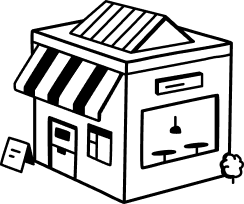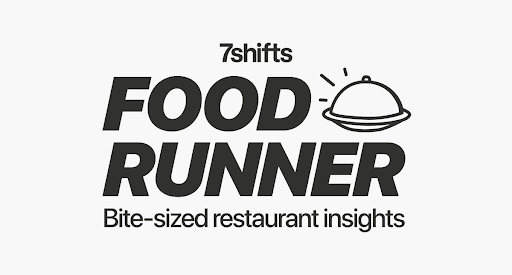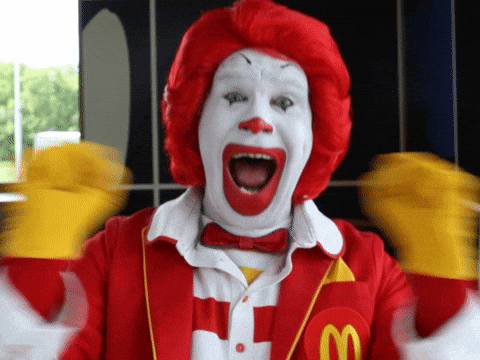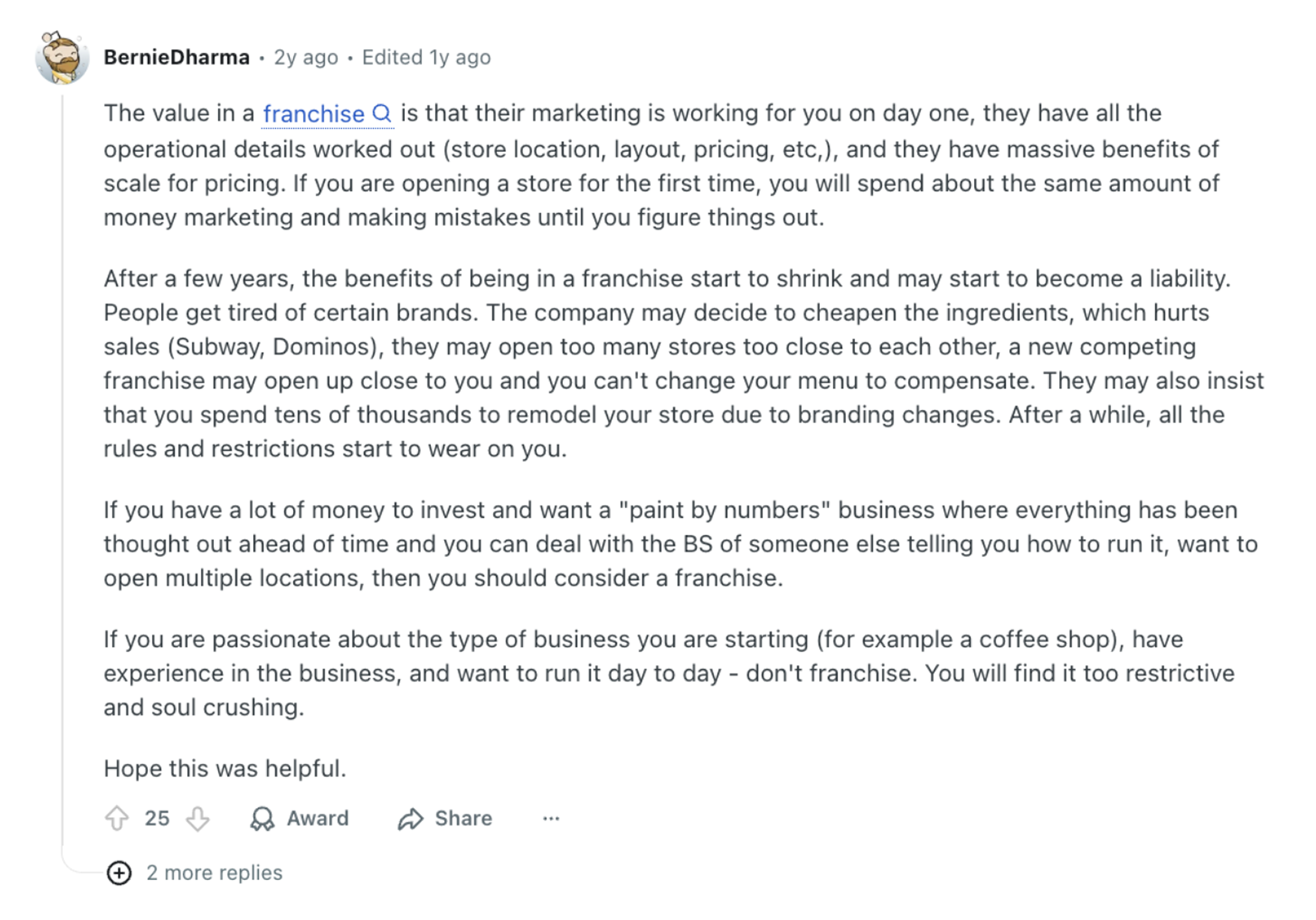|
|
|
|
|
Everyone loves a good playbook—until they realize they
still have to run the plays. That’s franchising in a
nutshell. It’s not a shortcut to success or a license to coast. It’s
still your business to build, your people to manage, your
risks to take. The difference is whether your franchisor is
a true partner—or just collecting royalties. This issue
dives into what it takes to make franchising actually work
(and how to tell if it’s right for you).
|
|
|
|
 |
The franchise starter pack |
 |
To be or not to be… a franchisee |
 |
Secrets from the franchise pros |
|
|
|
|
When corporate says, “It’s just a simple rollout.”
|
|
 |
BY THE NUMBERS
|
|
Franchises make up a big chunk of the restaurant industry
in the U.S. (and across the globe). According to one
report from Technomic:
|
 |
74% of chain
restaurants in the U.S. are operated by franchisees
or licensees—about 191,200 out of 260,000 total
locations. |
|
 |
80% of
limited-service chains (think fast food) are
franchise- or license-run. |
|
 |
36% of
full-service chains (think casual dining) are
franchised or licensed––the rest are company-owned. |
|
|
 |
EXPLAINED
|
|
Franchising has its own lingo—and yes, half of it
sounds like it was written by a lawyer who’s never
worked a line shift. But here are the definitional
basics:🍔 Franchise: When you buy the rights
to use someone else’s brand, systems, and recipes to
open your own location. You run it—but under their name.
Like McDonald’s, Dunkin’, and Wingstop, for
example.🧑💼 Franchisee: That’s you, the person
buying in. You pay to use the brand and follow their
rules.
🏢 Franchisor: The parent company that
owns the brand and licenses it out, aka:
Corporate.
💰 Franchise fee: Your upfront
buy-in—what you pay to join the brand family.
Royalty fee: A cut of your sales
(usually 4–8%) that goes back to the franchisor each
month.
📄 Franchise agreement: The contract
that outlines what you can and can’t do—from menu items
to signage.
Want the full dictionary version?
Here’s a list
that defines more.
And to clear up a few common mix-ups…
Franchising vs. opening another location:
Opening another place under your own name? That’s
expansion, not franchising (which we talked all about in
September’s issue). Franchising means using someone else’s brand
playbook. But if your current restaurant’s concept is
strong, you can flip it—and turn your business into a
franchise by letting others buy in.
Franchise stores vs. corporate-owned:
A franchise location is owned and operated by an
independent franchisee. A corporate-owned spot is run
directly by the brand itself—no outside owners, just HQ
calling the shots. Brands tend to mix it up, running a
few corporate stores alongside their franchised
ones.
|
|
 |
DEBATABLE
|
|
To be or not to be (a franchisee)… that is the
question, which
Forbes helps answer
with this list of pros and cons:🍓 The sweet spots:
- Skip the startup headache — proven system already
in place
- Instant name cred — customers already know and
trust the brand
- Built-in training for you and your team
- Marketing muscle from national and local
campaigns
- Buying power perks with bulk corporate deals
- Easier financing with lender-friendly franchise
models
🍯 The sticky spots:
- Gotta follow the system, even if you’ve got a
better idea
- High startup costs from fees, equipment, and
inventory
- Ongoing royalties and marketing contributions
- Shared reputation headaches when other locations
mess up
- Contract traps that make it hard to exit
Buying a franchise can give you a head start with a
proven system and support—but it comes with rules, fees,
and less creative freedom. Make sure the pros *actually*
outweigh the cons in your case before you sign on the
dotted line.
And this Redditor adds a bit more food for thought to the
conversation:
|
|
|
|
 |
THE MORE YOU KNOW
|
|
|
|
|
|
|
|
|
 |
REALLY BIG INSIGHT
|
|
|
|
|
|
|
|
|
And of course, there’s this piece too:
|
|
|
|
|
 |
QUOTABLE
|
|
Restaurant investor (and former NFL player) Garrett
Mills joined
The Pre-Shift Podcast
to break down the financials behind a strong
restaurant investment. He explains the “financial
trifecta,” which starts with these numbers:
- Average unit volume (AUV): How much each location
sells.
- Store-level cash flow (EBITDA): What each
location makes after operating costs.
- Cost to open new stores: How much it takes to get
a location running.
From those, you can find out a brand’s:
- Sales-to-investment ratio: Dollars of sales per
dollar invested.
- Store-level margin: Profit after direct
costs.
- Cash-on-cash return: How much bang you get for
your buck.
The key isn’t to nail all of these to a tee: ”To
have strong cash on cash returns—let’s say that’s
targeting 30% or higher—you have to have great
sales-to-investment ratio and good store-level margin,
or you can have great store-level margin and good
sales-to-investment ratio.”
He offers Wingstop and Dutch Bros as two different
examples: 🍗 Wingstop has killer sales-to-investment with
just fine margins. ☕ Dutch Bros has incredible margins
but solid (not amazing) sales-to-investment. “ I think the
juxtaposition of those two concepts, both being hot
commodities in our business, goes to show that there’s no
kind of one right way to approach business when it comes
to the financial model.”
|
|
 |
HEARD!
|
|
This one’s for operators looking to turn their business
into a franchise. Shawn Saraga, Franchise Development
Expert & Chief Development Officer of Tahini’s,
shares what it really takes to scale your concept on
The Pre-Shift Podcast.Franchising isn’t an exit strategy:
“Franchising is taking on another full-time job. In
addition to the one you currently have running your
business, franchising is a completely different
business, a different model. You are now in the business
of recruiting franchisees. You’re in the business of
finding great real estate. You’re in the business of
setting up operations, making sure that your stores are
running properly, holding people accountable, and
working with people who are there to believe in your
dream and your objectives––and believe in what it is
that you are trying to create. And they’re expecting you
to believe in them as well.”Signs you’re not ready to franchise:
”I would say if you’re not sure that it’s the time to
franchise, it’s probably not the time to franchise.
You’ve gotta be ready, you’ve gotta know what you’re
getting into, you’ve gotta have the vision. You’ve gotta
have the stomach for it too. At the end of the day, if
you’re granting franchises to franchisees and they’re
not successful, they’re gonna be coming to you, hand in
hand, asking for royalty relief.”
Side note: Lauriena Borstein, Chief
Operating Officer, and Kyle Mark, Chief Information
Officer of WOWorks, also joined us on
an episode
to share the corporate perspective on franchising. They
break down what it takes to build consistency from the
top down, navigate change, and truly understand
franchisees.
|
|
 |
QUIET ON SET
|
|
Sam Fung also breaks down five mistakes to avoid before
buying a franchise. We’ll give you the first three, but
be sure to watch the video to get all five in
detail:⛔ Choosing a spot without research: High-traffic areas
don’t automatically mean strong sales. Study customers’
drive patterns, phone geofencing data, and even customer
interests like movies or cuisine. 🤝 Signing without your
own representation: Calling a number on a ‘For Lease’ sign
means speaking to a broker whose job is to protect the
landlord’s interest. Make sure you have an advocate on
your behalf. 💸 Misjudging build-out costs: Budget for
contingency funds and conduct thorough pre‑lease
inspections. Or consider second-generation spaces with
approved, working systems to cut costs dramatically.
|
|
|
 |
IN THE NEWS
|
|
|
|
|
 |
STORIES FROM THE FLOOR
|
|
We asked franchise development experts—who work with
franchisees every day—what tips they’d give to aspiring
owners. Here’s what they had to say:Yvis Manrique, Director of Field Ops at
Toastique: “Be consistent—that is where you get results, not just
when things are great. I think when things are the worst
is when you have to stay consistent and remain positive,
which is hard to do. But if you trust in the vision and
remain consistent, it will happen.”Julianna Blackhurst, Senior Director of Franchise Ops
& Dev at Jeremiah’s Italian Ice: “Put the best team possible in place. Growth absolutely
starts with a plan and a strategy, but you need people to
execute it, and you need people to maintain your
standards. You have to have leaders that you trust in your
store to continue to grow.
|
|
 |
À LA CARTE
|
|
|
|
|


















